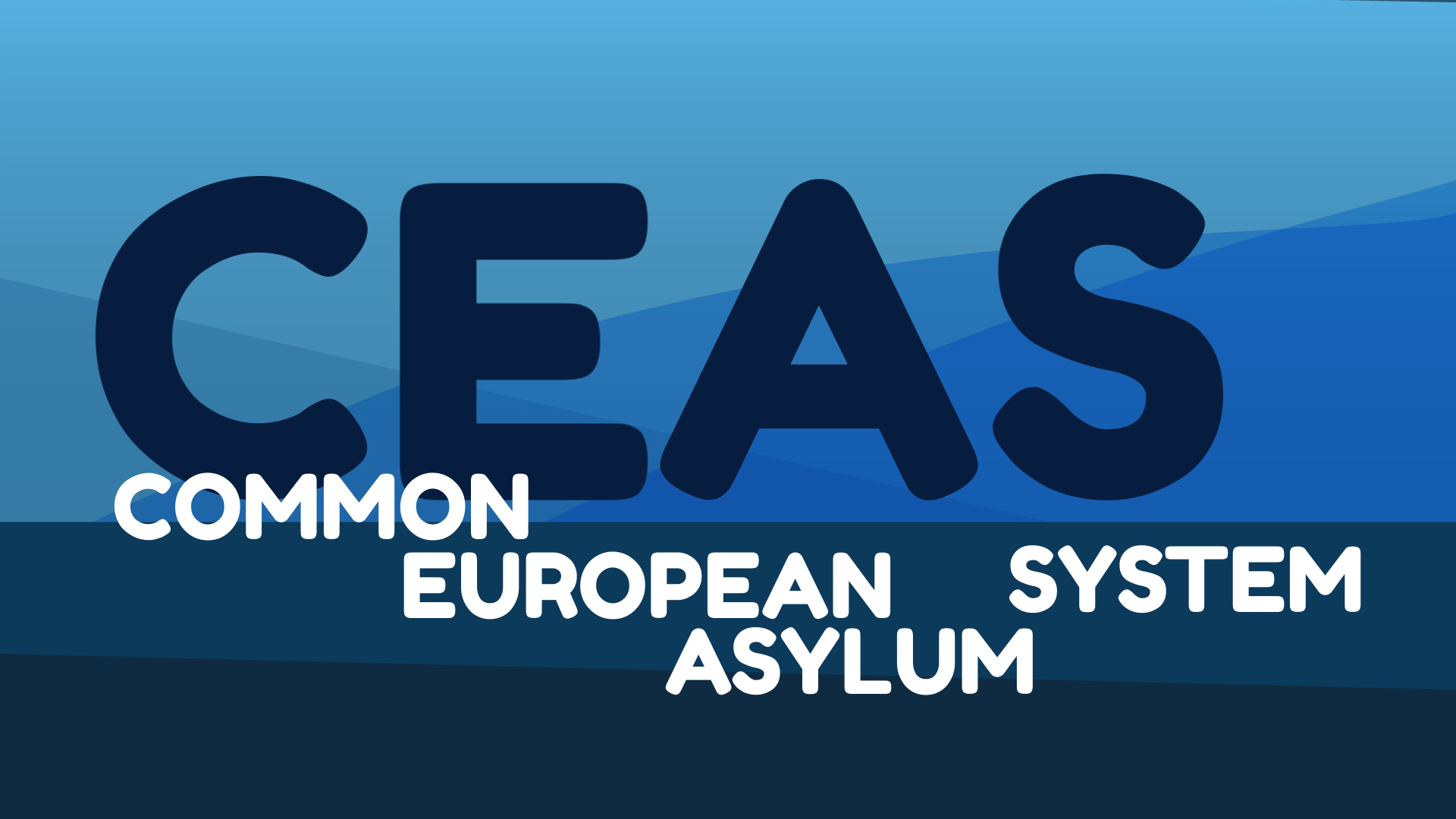CEAS – Common European Asylum System
Back to: History and Background of Migration in Europe
Getting the CEAS in place is an historic achievement, something the EU Member States and the Parliament have been aiming at since 1999.[…] We have travelled a tough road to get here. But our achievement is not yet fully complete[…].
Cecilia Malmström,Commissioner for Home Affairs, ec.europa.eu, 2014, URL

What is CEAS?
CEAS stands for Common European Asylum System and it contains a legal framework designed to guarantee more uniform standards of asylum law in Europe1. Since the 1990s, there was increasing recognition that issues concerning asylum and immigration should be defined within a framework of EU-treaties in the context of establishing a single market without internal borders. This was already in light of the problems of dealing with large numbers of those displaced by the conflicts in the Balkans and the collapse of the communist regimes in Eastern Europe.2 In conclusion, the CEAS was supposed to include …
- a clear and workable determination of the state responsible for the examination of an asylum application
- common standards for a fair and efficient asylum procedure
- common minimum conditions of reception of asylum seekers
- the approximation of rules on the recognition and content of the refugee status3
The legal framework of CEAS
The European Union has been working on the CEAS and its improvement since 1999. Since then, the CEAS has went through two phases, the second one still being applicable. After the first phase and a period of reflection, several changes and advancements have been made, setting out common high standards and stronger co-operation to ensure an equal treatment of asylum seekers in an open and fair system, regardless of the specific country they apply in. At the moment, the CEAS contains the following regulations and laws:
One core element of the CEAS is the so called Dublin Regulation.7
The revision contains enhancements of the protection of asylum seekers during the process of determining the member state which is responsible for the examination of the asylum claim. Besides, it clarifies the rules governing the relations between states and it is supposed to detect problems in national asylum or reception systems at an early stage to prevent it from turning into a crisis.9
The EURODAC is an EU aslyum fingerprint database, gathering fingerprints of all asylum applicants across the EU. It is a very important tool to assist the determination of the Member State responsible for examining an asylum application made in the EU. Its primary objective is to serve the Dublin Regulation. Together these two instruments make up what is commonly referred to as the Dublin system.
The revised EURODAC Regulation will allow law enforcement access to the EU database of the fingerprints of asylum seekers under strictly limited circumstances in order to prevent, detect or investigate the most serious crimes, such as murder, and terrorism.10
Footnotes
- https://ec.europa.eu/home-affairs/what-we-do/policies/asylum_en
- https://www.easo.europa.eu/sites/default/files/public/BZ0216138ENN.PDF
- https://www.easo.europa.eu/sites/default/files/public/BZ0216138ENN.PDF
- https://ec.europa.eu/home-affairs/what-we-do/policies/asylum_en
- https://ec.europa.eu/home-affairs/what-we-do/policies/asylum_en
- https://ec.europa.eu/home-affairs/what-we-do/policies/asylum_en
- http://www.europarl.europa.eu/news/de/headlines/society/20170627STO78418/gemeinsames-europaisches-asylsystem
- https://ec.europa.eu/home-affairs/sites/homeaffairs/files/e-library/docs/ceas-fact-sheets/ceas_factsheet_en.pdf
- https://ec.europa.eu/home-affairs/what-we-do/policies/asylum_en
- https://ec.europa.eu/home-affairs/what-we-do/policies/asylum_en